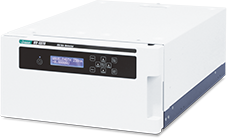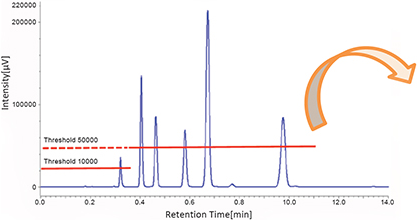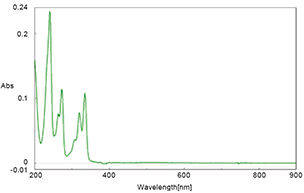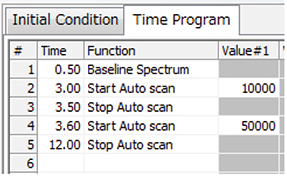UV-Visible Detectors for HPLC
LC-4500 Series Compact detectors

The UV-4570 is only 6 inches wide (15 cm) and can be used stand-alone or as part of a system for single wavelength measurement from the UV to Visible region (190-900 nm) with cassette-type tapered flow cells and user-replaceable lamps.
Programmable wavelength switching and spectral scanning
Optional flow cells
Micro, preparative, and high-pressure
LC-4000 Series Single/Dual Wavelength Scanning UV-Visible detectors for HPLC.

The UV-4070 (190 – 900 nm) and UV-4075 (190 – 700 nm) UV-visible HPLC detectors both use an advanced Czerny-Turner monochromator with dual-wavelength and scanning functions. Baseline change due to refractive index is minimized by the flow cell design, and fluctuation from changes in environmental and lamp temperature are reduced with a regulated lamp housing and temperature-controlled cell.
Optional flow cells
Semi-micro, semi-micro SP (UHPLC), preparative, and high pressure for SFC.




